From our boat we could see the temple of Karnak the other is known as the temple at Luxor.
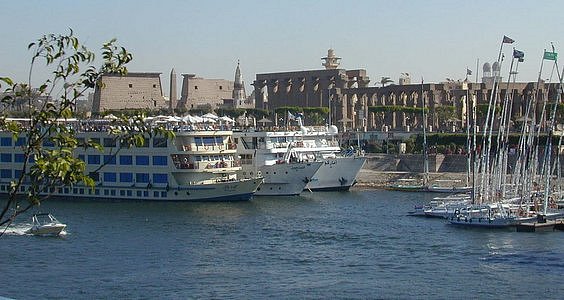
They are within walking distance of each other and were originally connected by the Avenue of he Sphinxes
Over time the avenue was buried and buildings constructed over it.
Excavations are ongoing but some structures, like the mosque in the distance, are not likely to be removed.
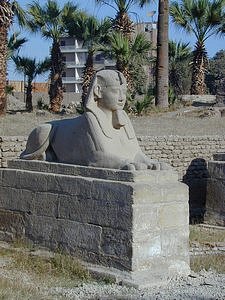
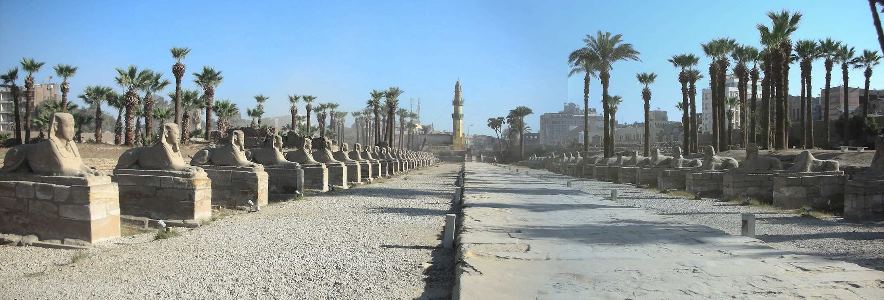
We caught a glimpse of another part of the excavation from our bus as we traveled through Luxor.
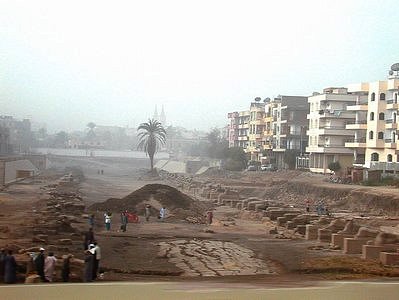
This carving symbolizes the uniting of upper and lower Egypt.
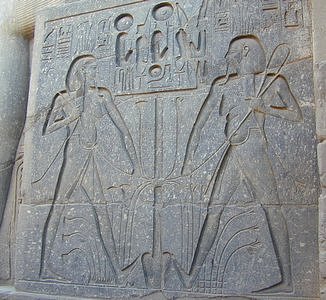
Karnak is a collection of temples built by a succession of pharaohs over hundred of years.
Ramesses II is prominent with massive statues and temples with many inscriptions praising his many achievements.
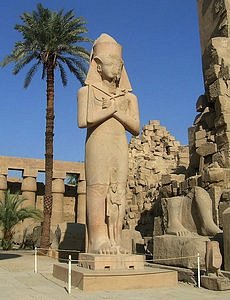
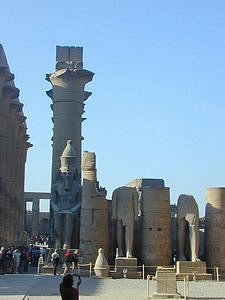
Hatshepsut was responsible for the tallest of the obelisks.
Her son Thutmose III roofed over the area around her obelisk so people wouldn't see that hers was taller than his.
When much later the roof collapsed her monument was revealed again.
In the first picture you can see a difference in color on the one on the right where the upper part was exposed to the sun and weather.
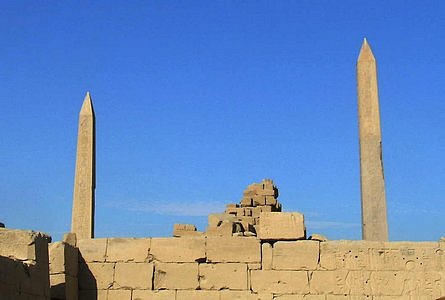

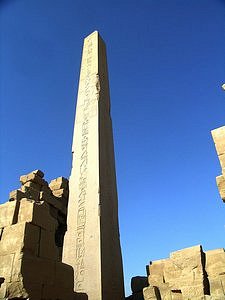
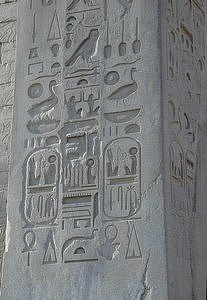

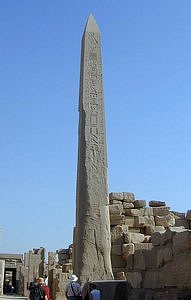

Great Hypostyle Hall is amazing.
According to Wikipedia the 134 pillars cover over 6000 square meters (1.5 acres).
Look closely at the first picture, I am standing near the base of a column at the other end of the hall.
The second picture is of Nancy taking my picture.
The slotted structures were there to provide light to the inner part of the hall when it was roofed over.
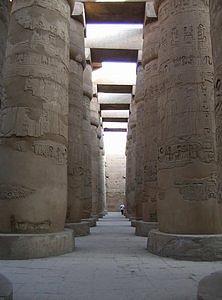
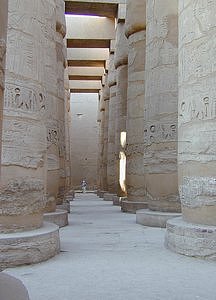

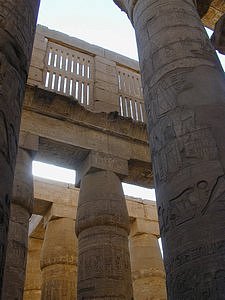
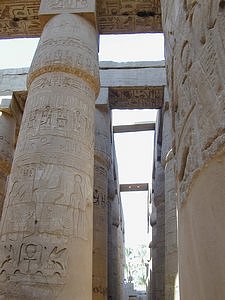

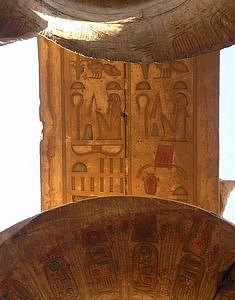
Looking across the temples of Karnak from a mound at the rear of the temple complex.
You can only see a small part of the many separate temples on this site.

Some of the carvings and hieroglyphics we saw.
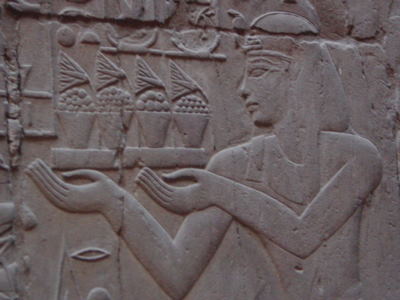
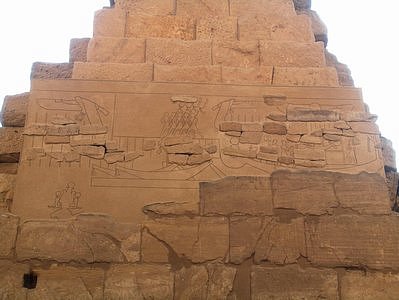
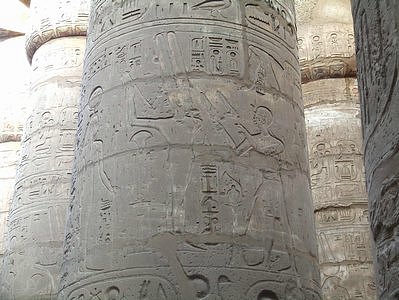
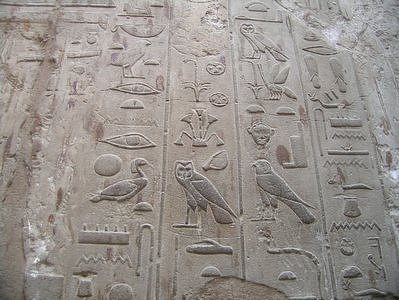
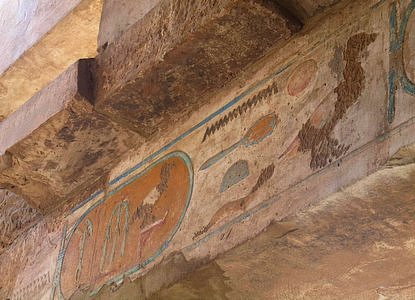

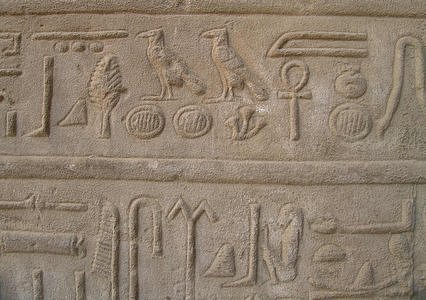
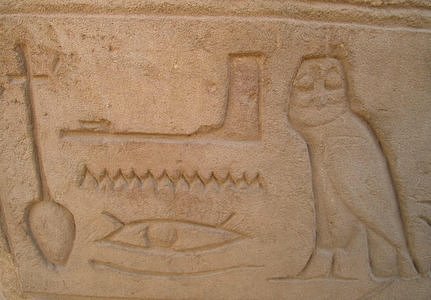
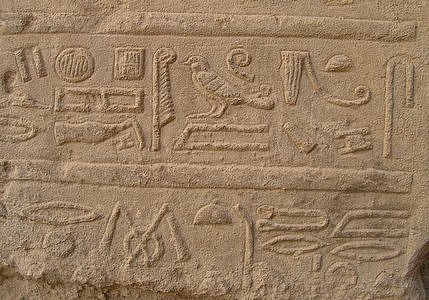

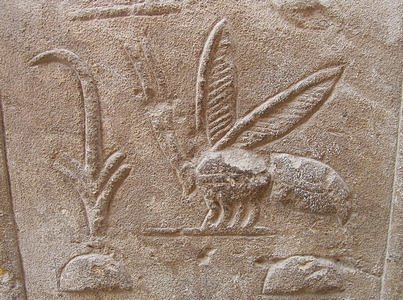
We visited a perfume shop where we were able to sample some of the many scents available.
Elaborate bottles were also on sale.
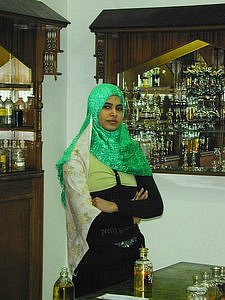
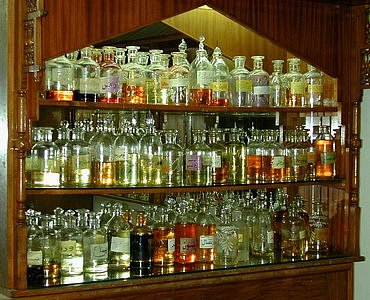

This craftsman/artist demonstrated how the bottles were made.
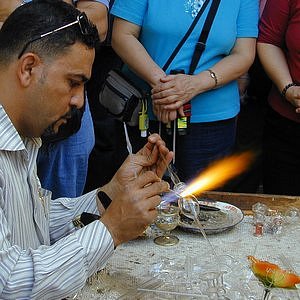
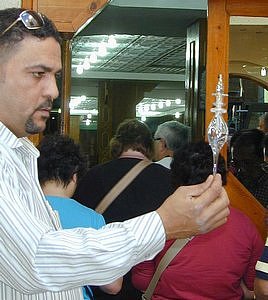
The temple at Luxor isn't as large as Karnak but is still an imposing structure.
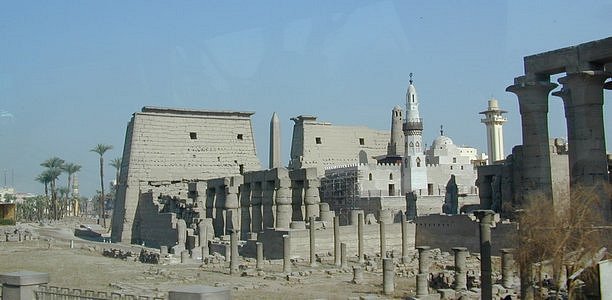

Restoration work is ongoing.
The second picture below shows a part of the temple where the Egyptian carvings had been plastered over so Roman era pictures could be painted.
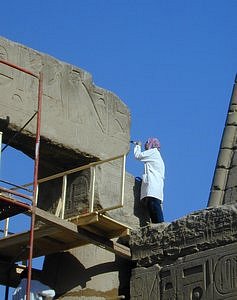

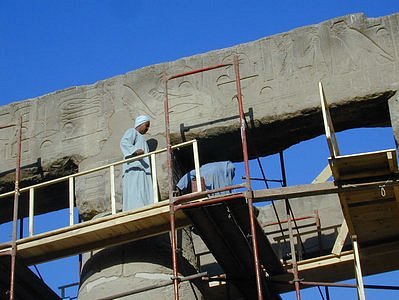
The temple had been buried by silt from the Nile and a mosque was built over it.
Now that the temple has been excavated the mosque sits high above our vantage point on the original ground level.
It is still in daily use.
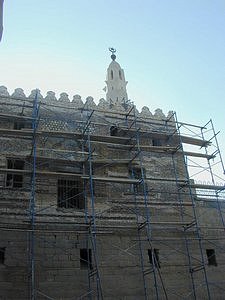
Our guide explained that the base of this statue had cracked while it was being carved and so reinforcements were added.
Once the statue was in its final location they were no longer needed.
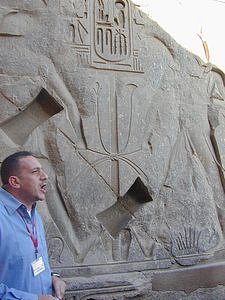
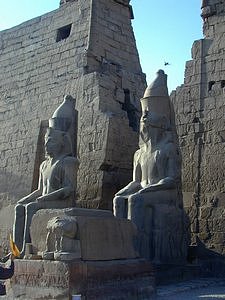
One of the best preserved sculptures we saw.
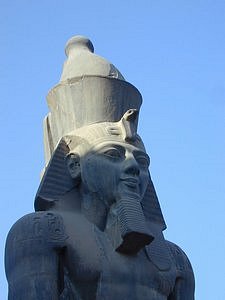
The rows of rams headed sphinx leads to a wall where the remains of a mud brick wall left over from its construction can be seen.
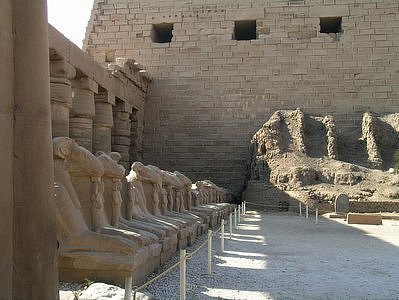
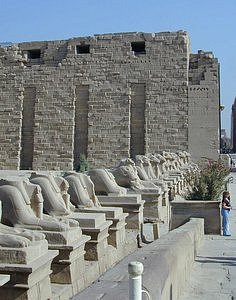
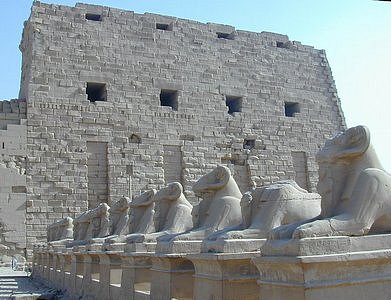
Occasionally we would see ancient graffiti from Greek or other visitors.

A mix of pictures from the temples we saw at Luxor
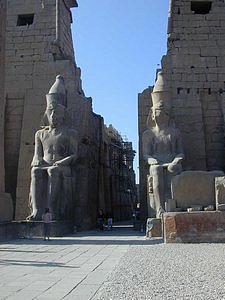

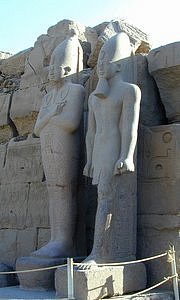
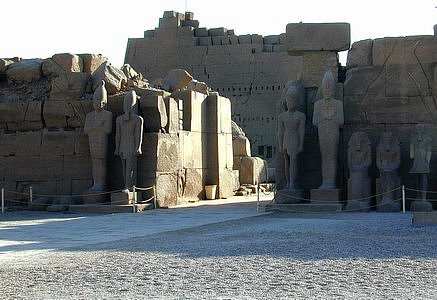
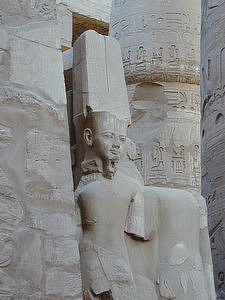
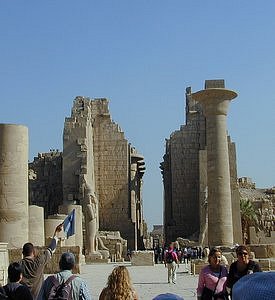
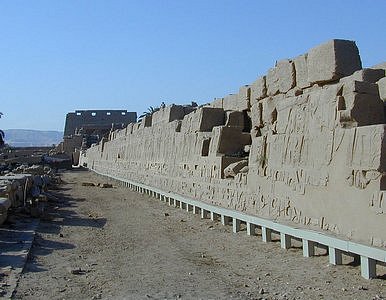

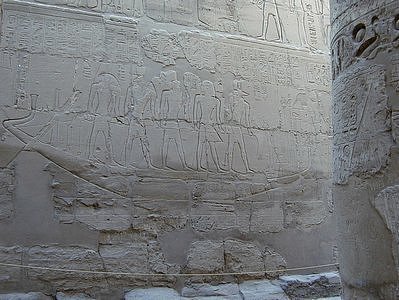
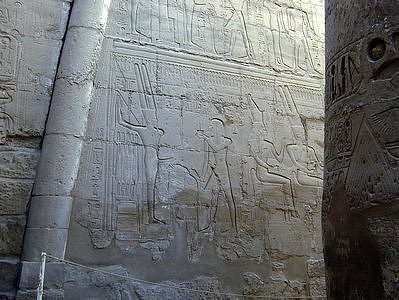

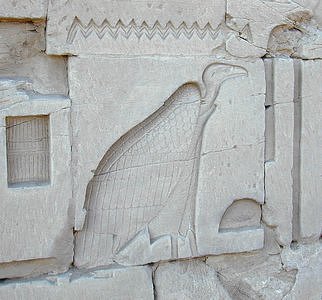

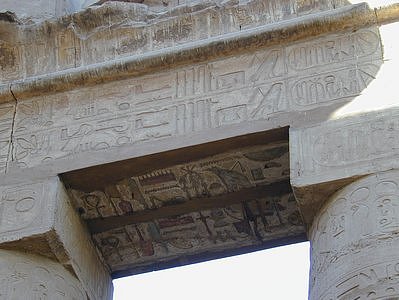
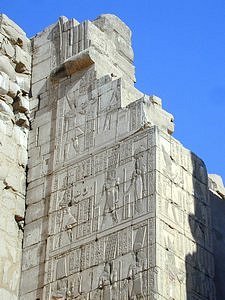
We recognized this combination of hieroglyphics after seeing it several places on our travels through Egypt.
According to our guide it says "I am like Ra forever".
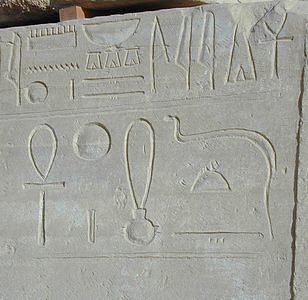
Over the west bank of the Nile in the early morning we saw hot air balloons.
The Luxor West page tells why.
